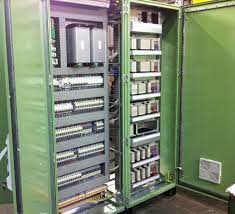A Burner Management System or BMS is a safety system used to assure safe start-up, operation and shut down of process burners. The BMS can be used in industries like Oil and Gas, Power Generation, Chemical or any other process that uses an industrial burner, furnaces, boilers or other equipment that uses a flame.
The system can monitor flames with flame detectors; it manages igniters, burners and actuators, like shutdown valves. The Burner Management System can have the following functions:
• Inhibit startup when the conditions are not met
• Monitor the burner to detect unsafe operating conditions
• Protect against unsafe operating conditions
• Shutdown interlocks
When the sensors don’t detect the flame or detects unsafe operating conditions, the BMS signals the actuators to stops the flow of fuel to the burners, to inhibit the flames.
In the industry there are 2 methods for implementing a BMS: Separated or integrated.
The separated method is the traditional method of implementing a safety instrumented system (SIS) and a basic control system (BPCS). The SIS and BPCS logic solver are separated in two separate equipment.
Also the workstations and the SCADA software for each other are separated. Both systems can communicate with each other using a bus and a common communication protocol.
The integrated method is a new method of implementing the solution. In this method the SIS and BPCS logic solver and workstations are on common equipment. The logic solver is a plc that respects the standards requested by the industry, like SIL3.
